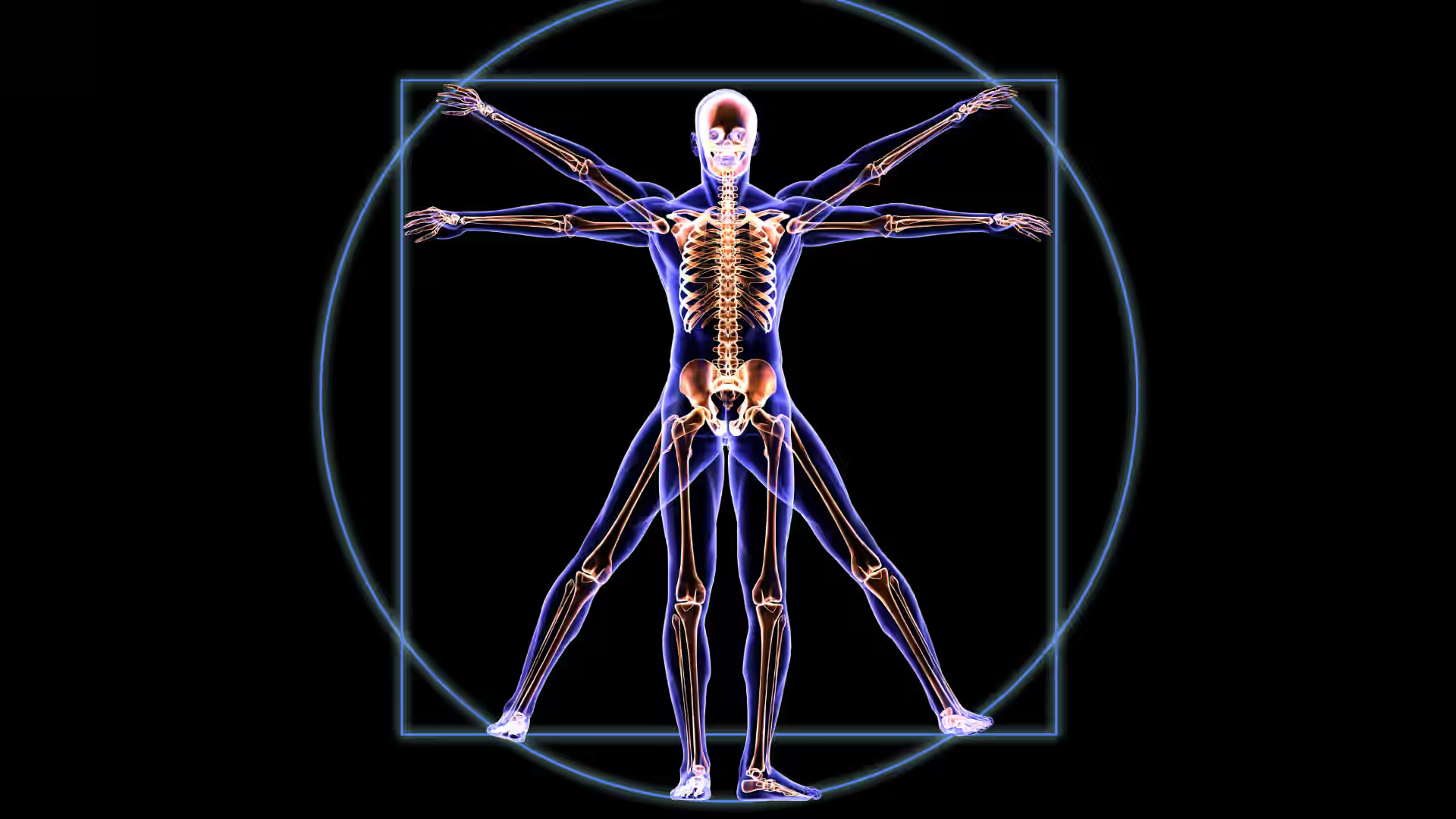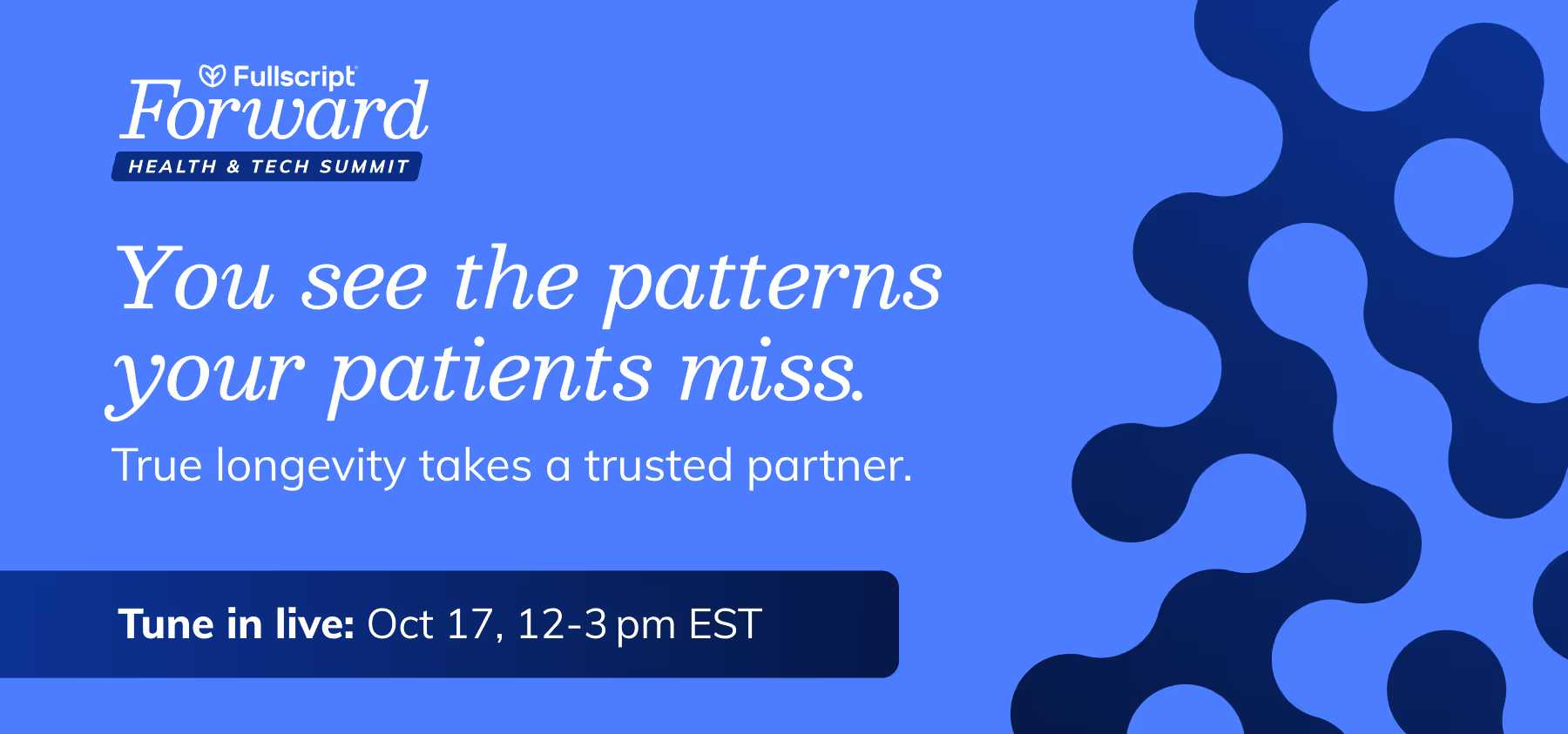Your body processes and eliminates estrogen through metabolic pathways that influence overall hormonal balance.
Proper estrogen metabolism is associated with various aspects of health, including bone density and menstrual cycle regulation. Ongoing research explores how differences in estrogen metabolism relate to hormone-related conditions and highlight the usefulness of estrogen metabolite testing.
In this article, we’ll explore how urine estrogen metabolite testing works, why it’s valuable, and how both patients and practitioners can use the results to better understand hormonal health.
[signup]
What is Estrogen?
Estrogen is an important hormone that affects many parts of the body. It works by attaching to estrogen receptors in the body, which send signals to cells to help them function properly.
Estrogen is a key hormone for women's health, but it also has essential roles for men and overall well-being.
Here's a simple explanation of how it works and what it does:
Reproductive Health
Estrogen is essential for the menstrual cycle and ovulation. It helps the body prepare for pregnancy by thickening the lining of the uterus. It also plays a key role during puberty, helping develop secondary female characteristics like breasts and wider hips.
Bone Health
Estrogen helps keep bones strong by promoting the growth of new bone and preventing bone loss. It protects against osteoporosis, a condition that makes bones weak and more likely to break.
Brain and Nerve Health
Estrogen interacts with brain cells, supporting cognitive function and mood regulation. Some research suggests an association between estrogen levels and memory or neuroprotection. Estrogen may also be associated with a lower risk of brain diseases like Alzheimer’s, though individual responses vary.
Heart and Blood Vessel Health
Estrogen supports the heart and blood vessels by keeping them healthy and relaxed, reducing the risk of heart disease. It also helps manage cholesterol levels by raising the more protective cholesterol (HDL) and lowering the high-risk cholesterol (LDL).
Metabolism and Fat Control
Estrogen helps the body control fat by reducing belly fat and improving how the body uses insulin. This lowers the chances of developing type 2 diabetes and supports overall metabolic health.
Skin and Hair Health
Estrogen keeps skin soft, hydrated, and elastic while also supporting collagen production. It helps prevent hair thinning, especially before menopause, keeping hair healthy and strong.
Mood and Sleep
Estrogen supports a balanced mood and may help improve sleep. These benefits are especially noticeable during times of hormonal changes, like menopause.
Immune and Body Repair
Estrogen helps lower inflammation and supports a strong immune system. It also aids in tissue repair and keeps skin and blood vessels healthy.
What Is Urine Estrogen Metabolite Testing?
Urine estrogen metabolite testing measures how estrogen is broken down in your body. When estrogen is metabolized, it goes through two major detoxification phases in the liver:
Phase I Detoxification
During phase I metabolism, specific enzymes convert estrogen into molecules called metabolites. Generally speaking:
- CYP1A1 and CYP1A2 primarily produce the "protective" 2-hydroxy metabolites (2-OH-E1 and 2-OH-E2).
- CYP1B1 primarily produces the "potentially harmful" 4-hydroxy metabolites (4-OH-E1 and 4-OH-E2).
- CYP3A4 produces 2-OH and 4-OH estrogen metabolites, as well as the “proliferative” 16-OH-E1 metabolite.
Phase II Detoxification
The liver converts these metabolites to even less harmful chemicals (e.g., by methylation), making it easier for the body to eliminate them through urine.
- COMT typically converts the phase I estrogen metabolites into their methylated forms.
How the Test Works
Patients provide a urine sample, generally either samples collected over 24 hours or as dried urine strips.
The test measures levels of different metabolites and their ratios to evaluate the efficiency of estrogen detoxification.
When to Consider This Test
Urine estrogen metabolite testing provides insight into estrogen metabolism and may assist in evaluating detoxification pathways. However, its applicability varies based on individual health conditions and treatment approaches.
Hormonal Imbalance Symptoms
Symptoms like heavy periods, PMS, bloating, mood swings, and low libido may indicate problems with estrogen metabolism. Testing can help uncover underlying imbalances that contribute to these issues.
Cancer Risk Assessment
Certain estrogen metabolites have been studied for their potential role in DNA interactions. Research is ongoing to understand their associations with hormone-sensitive conditions, including breast health.
This test may be helpful for individuals with a family history of estrogen-sensitive cancers.
Detoxification Pathway Function
Estrogen is processed through two detoxification phases in the liver. If these pathways aren’t working efficiently, it can lead to hormonal problems.
Testing estrogen metabolites may provide insights into liver detoxification function, which is particularly important for patients with hormone imbalance symptoms.
Perimenopause and Menopause
During perimenopause and menopause, hormonal shifts can cause symptoms like hot flashes, night sweats, vaginal dryness, sleep problems, mood swings, and weight gain.
Estrogen metabolite testing helps manage these symptoms and guides the use of hormone replacement therapy (HRT); however, it is important to note that urine testing for hormone metabolites is not appropriate for all forms of bioidentical hormone replacement therapy.
Chronic Conditions
Conditions like endometriosis, fibroids, PCOS, and autoimmune diseases may be influenced by estrogen metabolism. Testing can provide insights into estrogen’s role in these conditions and monitor treatment progress.
Weight and Metabolism
Estrogen imbalance can contribute to stubborn abdominal weight gain and other metabolic issues.
Testing provides data on estrogen metabolites, which, when considered alongside clinical history and other diagnostic tools, may contribute to a broader understanding of metabolic health.
Bone and Heart Health
Estrogen is essential for maintaining strong bones and a healthy cardiovascular system. Testing can identify metabolite patterns that might increase the risk of osteoporosis or heart disease.
Inflammation and Detox Support
Imbalances in estrogen metabolites can worsen inflammation, which is often seen in conditions like migraines, fibromyalgia, or chronic fatigue syndrome. Testing helps practitioners recommend detoxification strategies to reduce inflammation and symptoms.
Environmental Toxins
Xenoestrogens are chemicals found in plastics, pesticides, and personal care products that can mimic estrogen in the body. This test can shed light on the impact of these toxins on estrogen metabolism.
Genetics
Certain genetic variations, such as those in the COMT, CYP1A1, or CYP1B1 enzymes, can affect how the body processes estrogen. Testing helps uncover whether certain genetic variations may be causing less-than-optimal estrogen metabolism.
Gut Health and Estrogen Metabolism
The gut microbiome, particularly the estrobolome, is key in regulating estrogen levels. Estrogen metabolite testing can identify whether additional testing for gut imbalances, such as dysbiosis, is warranted, especially in patients with digestive symptoms or concerns.
Unexplained Symptoms
For patients with symptoms like migraines, fatigue, acne, or hair loss that don’t have a clear cause, testing estrogen metabolites can uncover hidden imbalances and guide treatment.
Key Estrogen Metabolites to Test
Urine testing looks at specific estrogen metabolites to give a complete picture of estrogen metabolism. The key metabolites are:
2-Hydroxyestrone (2-OH-E1)
2-OH-E1 is considered a “protective” metabolite of estrogen with weak estrogenic activity. It is linked to a lower risk of hormone-related cancers.
2-Hydroxyestradiol (2-OH-E2)
2-OH-E2, a breakdown product of estradiol, is considered a protective metabolite because it has a weaker effect on estrogen-sensitive tissues, which may reduce the risk of problems like estrogen-driven excessive cell growth.
2-OH-E2 reflects how efficiently estradiol, the most active estrogen, is detoxified.
4-Hydroxyestrone (4-OH-E1)
4-OH-E1 is a metabolite of estrogen. Although it has weak estrogen effects, it can cause DNA damage and increase the risk of hormone-related cancers, like breast cancer, if the body doesn’t detoxify properly.
4-Hydroxyestradiol (4-OH-E2)
4-OH-E2 is a metabolite of the hormone estradiol. If not properly processed into a safer form (4-methoxyestradiol), it can form harmful substances called quinones that damage DNA, increasing the risk of breast cancer.
16α-Hydroxyestrone (16α-OH-E1)
16α-OH-E1 is an estrogen metabolite with estrogenic effects. It helps support bone health, but high levels can raise the risk of hormone-related cancers like breast cancer.
2-Methoxyestrone (2-MeO-E1)
A neutralized metabolite of 2-OH-E1, 2-MeO-E1 is formed through methylation during phase II metabolism.
High levels suggest effective detoxification and may be linked to a lower risk of certain hormone-related cancers, while low levels may indicate methylation problems.
2-Methoxyestradiol (2-MeO-E2)
2-MeO-E2 is a neutralized metabolite of 2-OH-E2, also formed during phase 2 metabolism.
2-MeO-E2 may block the growth of new blood vessels that tumors need to grow, causing abnormal cells to die. It may also help lower inflammation and control oxidative stress.
Interpreting Estrogen Metabolites in Urine Testing
Interpreting test results helps identify whether estrogen is being metabolized efficiently. Both individual metabolite levels and their ratios are important.
It is always important to interpret these findings within the context of a person’s medical history and comprehensive estrogen metabolite panel.
High Levels
- 4-Hydroxyestrone (4-OH-E1) and/or 4-Hydroxyestradiol (4-OH-E2): elevated levels of these metabolites may suggest a need to optimize hormone levels.
- 16α-Hydroxyestrone (16α-OH-E1): high levels may indicate estrogen imbalance and can be associated with conditions like estrogen-positive cancers, although results must be interpreted within the context of other clinical data.
- 2-Hydroxyestrone (2-OH-E1) and/or 2-Hydroxyestradiol (2-OH-E2): while these are generally considered more protective forms of estrogen metabolites, higher levels have been associated with health concerns. Additional insight may be gained by examining metabolite ratios.
Low Levels
- 2-Hydroxyestrone (2-OH-E1) and/or 2-Hydroxyestradiol (2-OH-E2): low levels may mean inefficient Phase I detoxification, limiting the production of protective metabolites.
- 2-Methoxyestrone (2-MeO-E1) and/or 2-Methoxyestradiol (2-MeO-E2): low levels of these health-associated metabolites may signal poor methylation, increasing risks associated with harmful metabolites.
Key Ratios to Understand
- 2-OH/16-OH E1 Ratio: compares protective (2-OH-E1) to proliferative (16α-OH-E1) metabolites. A low ratio may be associated with an increased risk of hormone-sensitive conditions.
- 2-OH/4-OH E1 Ratio: compares the protective (2-OH-E1) metabolite to the potentially harmful (4-OH-E1) metabolite. A low ratio may indicate a higher risk for DNA damage and hormone-related cancers.
- Methylation Ratio: indicates the efficiency of Phase II detoxification by comparing 2-MeO-E1 to its precursor, 2-OH-E1.
Factors Influencing Estrogen Metabolism
Your body’s ability to process estrogen can be affected by several factors:
Genetics
Variations in genes like CYP1A1, CYP1B1, and COMT influence how efficiently estrogen is detoxified.
Liver Health
The liver is the main site for the conversion of estrogen into its metabolites.
Gut Health
A healthy gut microbiome helps eliminate excess estrogen through stool. Consistently imbalanced estrogen metabolites despite reasonable therapies may signal a need for digestive health testing, such as the GI MAP stool test or the GI Effects Comprehensive stool panel
Diet and Lifestyle Factors
- Diet: cruciferous vegetables like broccoli and kale support the production of protective metabolites. In contrast, a diet high in processed foods may exacerbate hormone imbalances.
- Toxins: exposure to endocrine-disrupting chemicals in plastics, pesticides, and many home and personal care products can disrupt estrogen metabolism.
- Stress: high cortisol levels from chronic stress may lead to altered hormone levels.
- Sleep: changes in estrogen levels, like during menopause or the days before your period, can make it harder to sleep, and poor sleep can also worsen hormone problems, creating a two-way connection.
Limitations of Estrogen Metabolite Testing
While this test is highly informative, it has some limitations:
- It measures metabolites, not active hormone levels in blood or tissues.
- It provides a snapshot, meaning results might not capture fluctuations over time.
- It is not particularly useful in pregnancy, postpartum, breastfeeding, in children or prepubescent adolescents, or in settings where hormone levels are very different than typical adult hormone levels.
- It is not helpful in people with liver or kidney disease or those on certain medications.
This test is best used in conjunction with other tests, such as saliva and/or blood hormone panels, for a comprehensive hormone assessment.
Optimizing Estrogen Metabolism
Improve estrogen metabolism and reduce risks with these strategies:
Dietary Changes
- Eat cruciferous vegetables, which promote protective estrogen metabolites.
- Choose high-fiber foods to support gut-based estrogen elimination.
- Limit alcohol, processed foods, and added sugars which disrupt hormone balance.
Supplements
- Diindolylmethane (DIM): research indicates that DIM may support protective estrogen metabolism.
- Methylated B vitamins: these support healthy methylation and detoxification.
- Sulforaphane: this compound, naturally high in broccoli sprouts, supports detox enzymes and healthy estrogen processing.
While some dietary compounds, such as DIM, sulforaphane, and methylated B vitamins, have been studied for their role in estrogen metabolism, always consult a healthcare professional before making changes to supplementation.
Lifestyle Tips
- Manage Stress: chronic stress may disrupt hormone balance; practice mindfulness or yoga.
- Prioritize Sleep: quality sleep regulates hormone levels.
- Exercise Regularly: exercise improves circulation and detox pathways and reduces fat tissue-related estrogen production.
- Avoid Xenoestrogens: use glass containers, organic produce, and non-toxic products to reduce exposure to endocrine-disrupting chemicals.
[signup]
Key Takeaways
- Estrogen metabolism affects overall health: It plays a role in bone strength, mood, metabolism, and cardiovascular health.
- Urine estrogen metabolite testing measures how the body processes estrogen, providing insight into hormone balance and detoxification.
- Testing may be useful for evaluating hormone imbalance symptoms, menopause management, metabolic health, and potential risks related to estrogen-sensitive conditions.
- Key metabolites include 2-OH (protective), 4-OH (potentially harmful), and 16α-OH (proliferative) estrogens. Ratios between these can offer insights into hormone health.
- Factors affecting metabolism: Genetics, liver function, gut health, diet, and lifestyle all influence estrogen processing.
- Limitations: This test provides a snapshot of estrogen breakdown but does not measure active hormone levels or replace other hormone testing.
- Ways to support healthy estrogen metabolism: Eat cruciferous vegetables, get enough fiber, limit processed foods, reduce toxin exposure, manage stress, and consider targeted supplements like DIM, sulforaphane, and methylated B vitamins (under medical guidance).






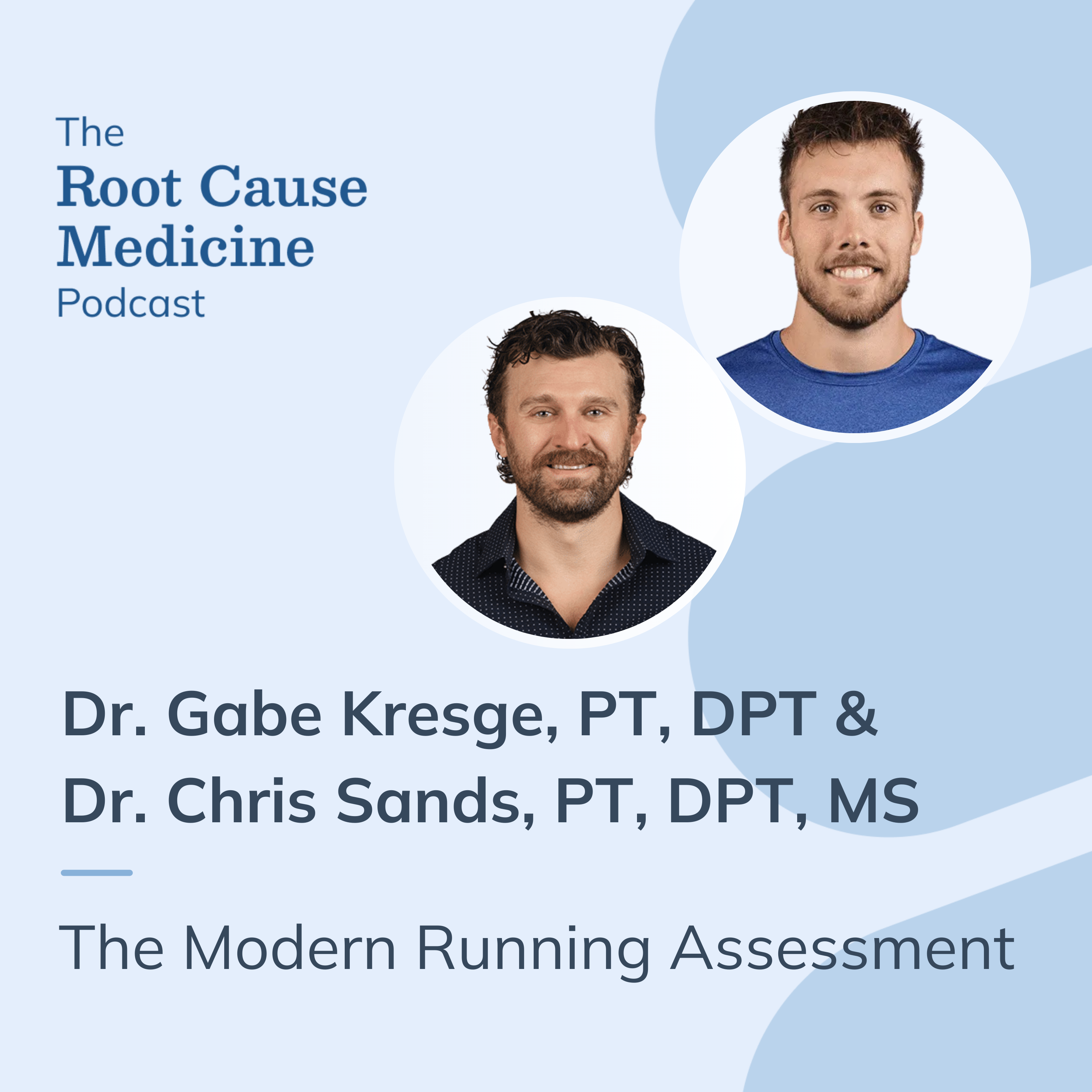
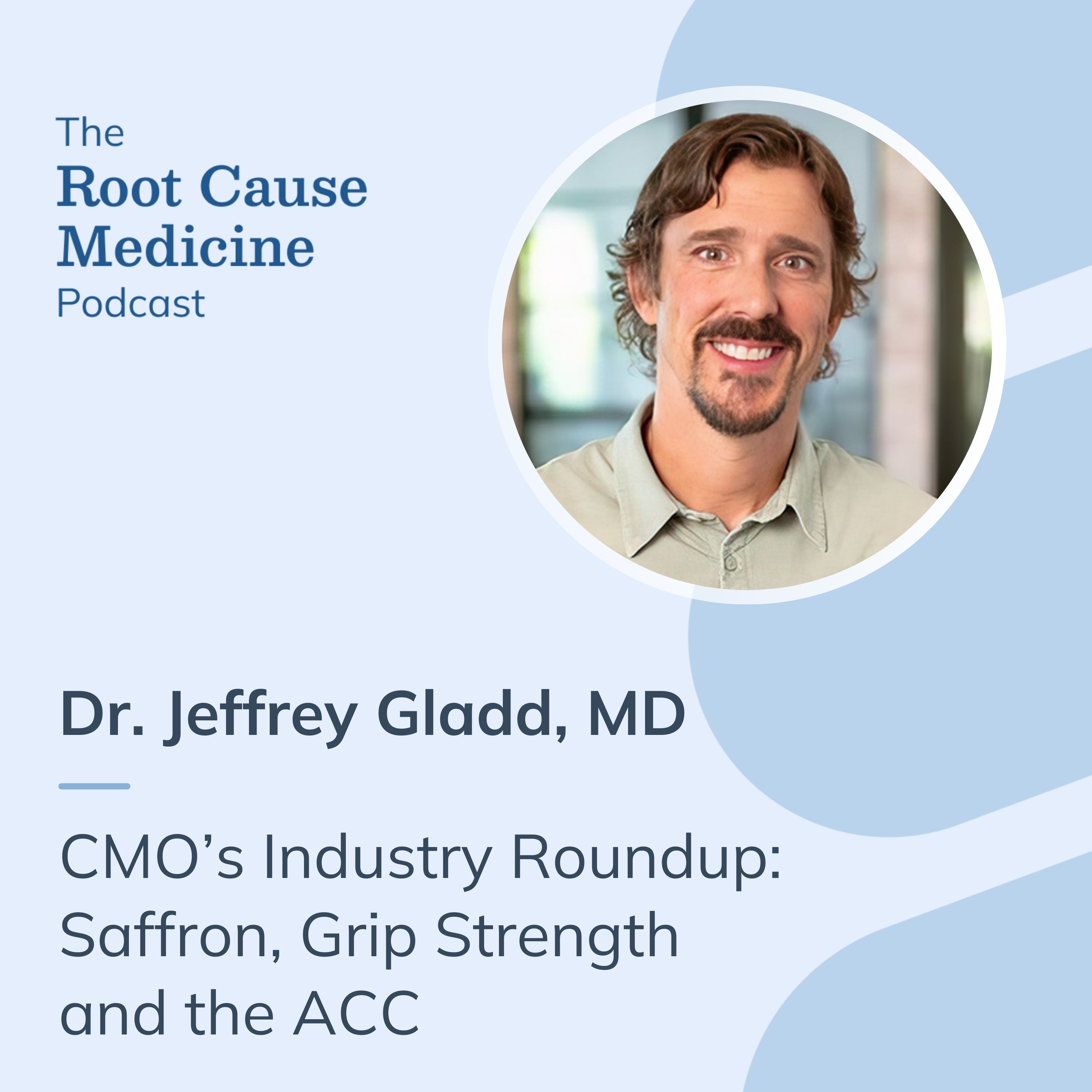
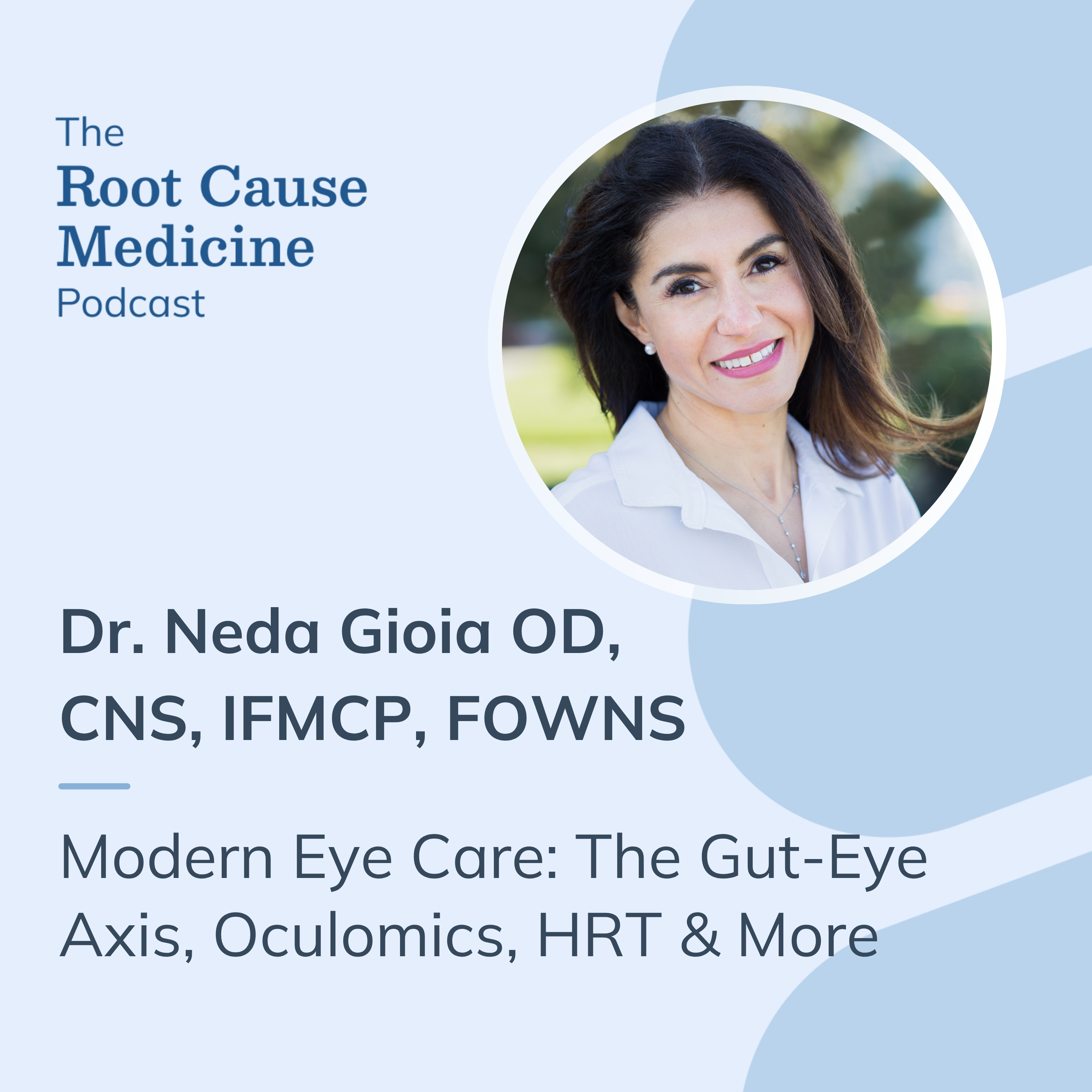
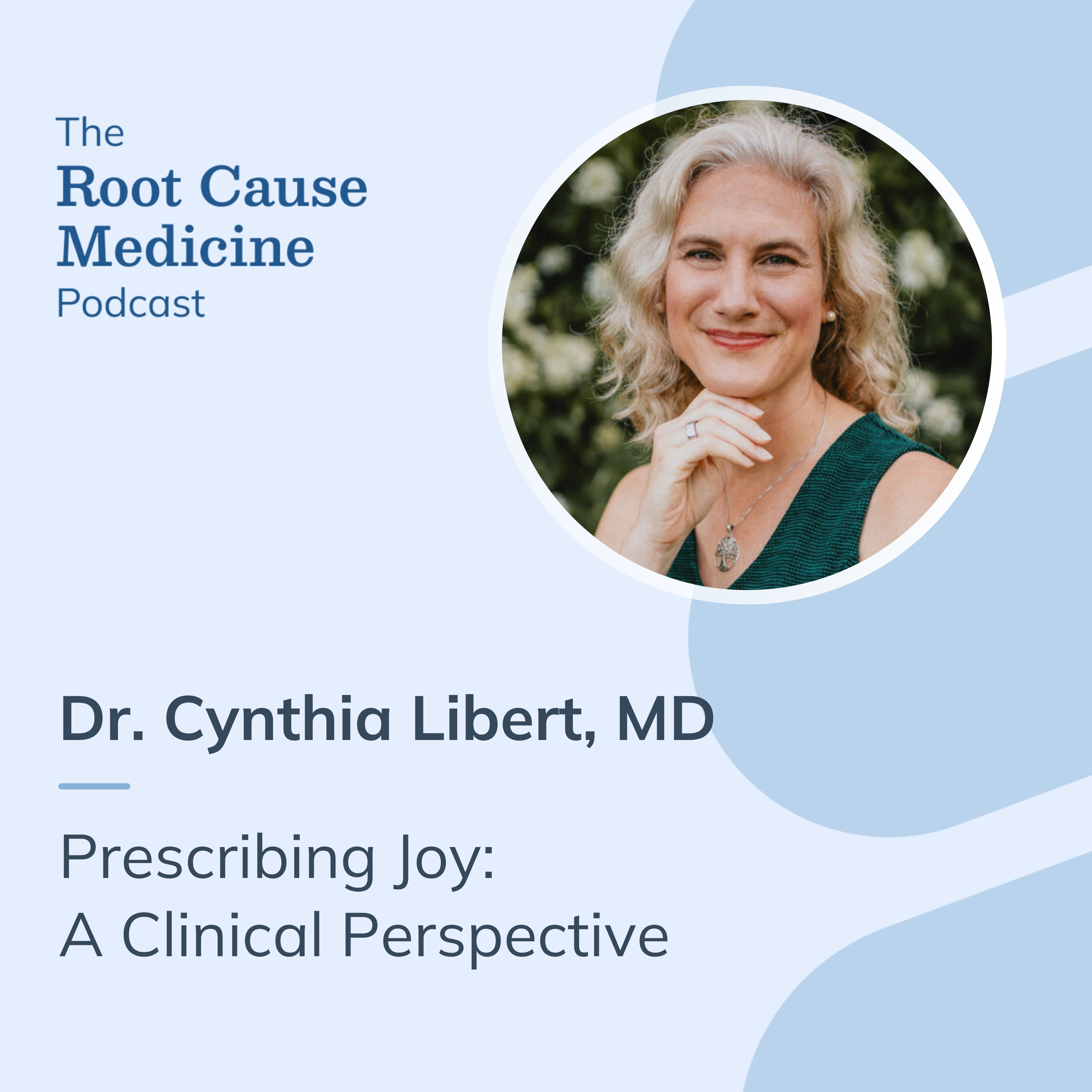


%201.svg)






